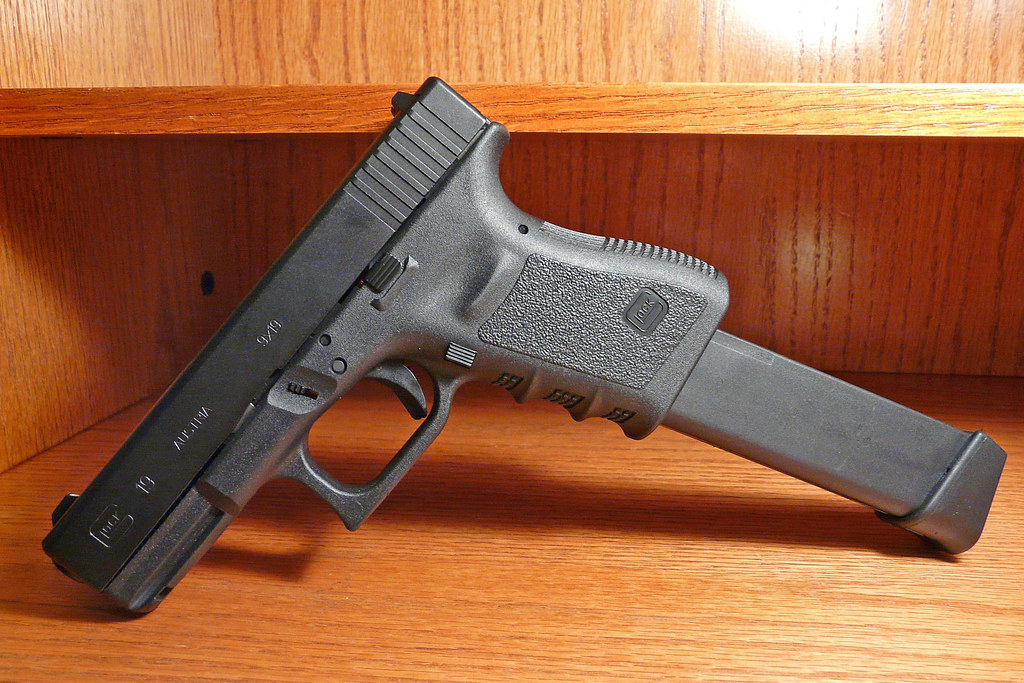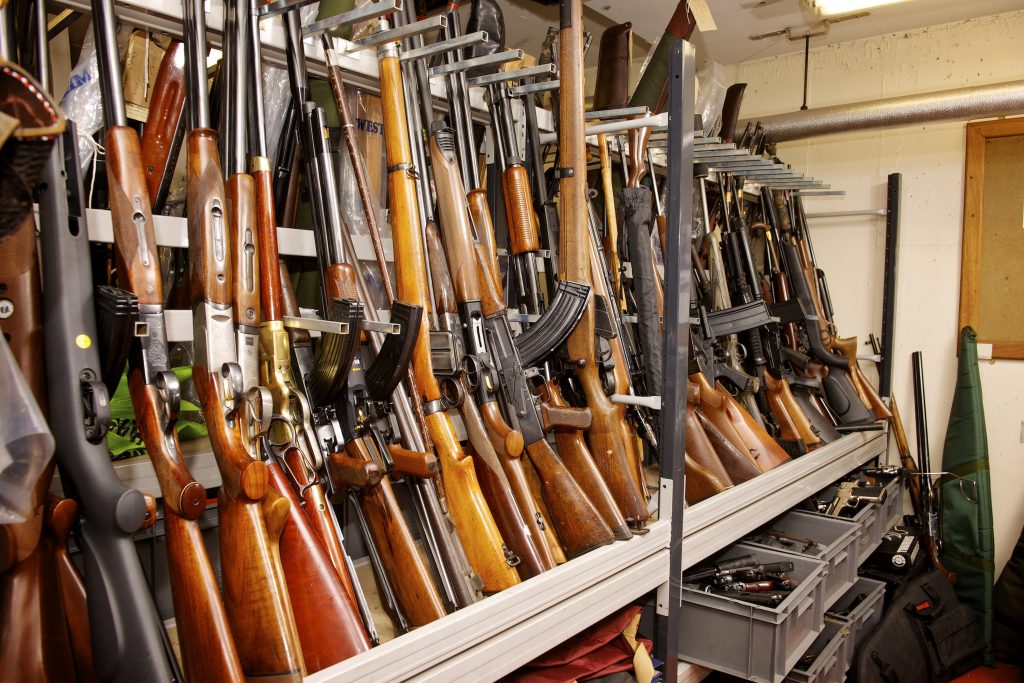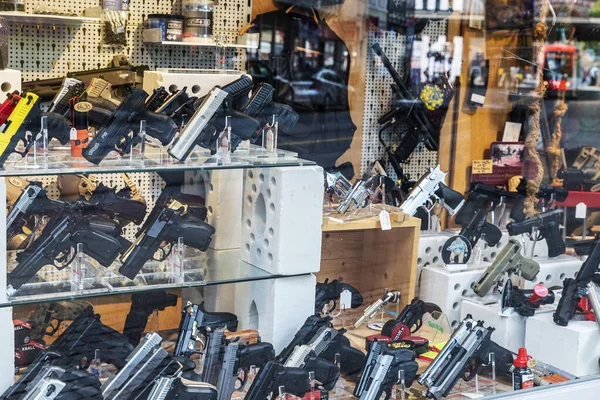
A letter landed on Ruger’s desk on November 3, 2025-a missive that could change the face of the handgun market for years to come. It included a demand from the legal arm of Everytown for Gun Safety for the removal or redesign of the RXM pistol, despite the fact that no crime had been committed using the model. The accusation? That its internal trigger system was too much like Glock’s, and that makes it “vulnerable” to illegal conversion into a machine gun.
This is not an isolated push. It follows Glock’s decision to cease the manufacture of various models amid mounting lawsuits and legislative pressure, a move which Everytown hailed as a “major victory.” Now it’s Ruger’s turn in the campaign that melds litigation, political lobbying, and public relations to force design changes upon firearms manufacturers.
The stakes couldn’t be higher for gun owners, dealers, and industry insiders. The fight over RXM could set precedent on whether “ease of convertibility” becomes a legal liability impacting countless semi-automatic designs in common use. Here are nine critical angles from which to understand what’s unfolding.

1. The Cruciform Trigger Controversy
Central to Everytown’s case is that the internal trigger geometry of the RXM is the same as Glock’s cruciform trigger bar, which interfaces with illegal conversion devices often referred to as a “Glock switch” or auto sear that enables a firearm to fire continuously with one pull. Critics counter that such devices are already illegal under federal law, and similar illegal mods exist for many firearm platforms. Yet gun-control advocates frame the design itself as defective a claim that could open the door to sweeping bans on common semi-automatic pistols.

2. Glock’s Corporate Retreat Under Pressure
Everytown celebrated the Glock decisions to discontinue the manufacture of some models as a demonstration that legal and legislative campaigns could force design changes. In truth, Glock did refer to market trends toward optics-ready pistols and updated internals, but the optics of compliance embolden the activists. The RXM now has an increased likelihood of becoming the next “test case” for whether the manufacturer will resist or yield to similar demands.

3. California’s Cruciform Ban
California Governor Gavin Newsom just signed a ban on pistols with cruciform trigger bars, a law Everytown admits it helped write. Lawsuits like Jaymes v. Bonta argue this runs afoul of Supreme Court precedent protecting handguns “in common use.” If allowed to stand, such a law could be emulated in statehouses nationwide, effectively taking entire categories of pistols out of the market without anything remotely approaching a criminal link to their factory design.

4. Enhanced Recovery of Conversion Devices
The Bureau of Alcohol, Tobacco, Firearms and Explosives has documented a surge in recoveries of illegal conversion devices nationwide. In Chicago, police alone recovered over 1,300 Glocks converted into machine guns from 2021 through mid-2024. Alarming as these numbers are, they reflect criminal misuse-not lawful manufacturing-yet they are increasingly cited in efforts to target specific designs.

5. Lawsuits as a Design Weapon
Cities like Chicago and states such as Minnesota have sued Glock, saying its pistols are uniquely easy to convert. Courts have allowed those claims to go forward, signaling that “ease of convertibility” could survive early dismissal. And if that theory takes hold, it might apply to other manufacturers as well, making design liability a powerful lever for reshaping the handgun market.

6. State-Level Liability Laws
Since 2021, ten states have enacted legislation that makes it easier to sue gunmakers by defining certain sales or designs as a “public nuisance.” The legislation is viewed by Second Amendment advocates as an attempt to get around the federal Protection of Lawful Commerce in Arms Act that shields the industry against liability for criminal misuse of lawful products. Courts have yet to fully test these laws, but early rulings suggest they may withstand initial challenges.

The PLCAA Shield and Its Limits
The Protection of Lawful Commerce in Arms Act, which took effect in 2005, protects gunmakers from lawsuits over crimes committed with their products, as long as the product functioned as intended. Exceptions include defective designs or illegal sales. Antigun litigators now contend that various trigger systems amount to those exceptions-a new interpretation that could chip away at the law’s protections.

8. Impact on Owners and Dealers
If Ruger redesigns the RXM, existing owners are left with more questions: Will parts compatibility change? Will state rosters drop the current model? Sellers could find their offerings suddenly restricted, and products from aftermarket suppliers unsalable. Many of the abrupt changes to come in firearm markets have been due to the pressure of regulation and have sometimes left even lawful owners in limbo.

9. The Industry at its Strategic Crossroads
The companies are now at a strategic crossroads resist and fight, at great expense, or redesign to avoid further litigation. Any route taken has its risks significant loss of market share, alienation of customers, or the setting of a precedent that invites further demands. The RXM case will be closely watched as a bellwether for how the industry navigates coordinated political and legal campaigns. But the fight over Ruger’s RXM pistol is far more than a tussle over one model’s trigger design it’s a flashpoint in a larger strategy of controlling firearm manufacturing through legal and legislative pressure.
If “ease of convertibility” becomes a recognized liability, the ripple effects could reach nearly every semi-automatic pistol in common use. For the firearms community, the fight is not just about one gun, but about defending the principle that lawful designs should not be outlawed for crimes they have never committed.

